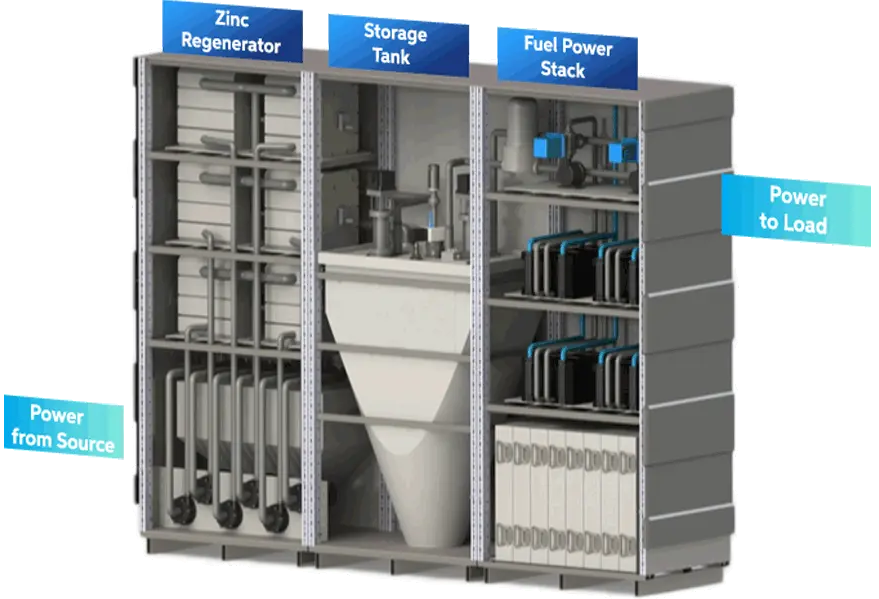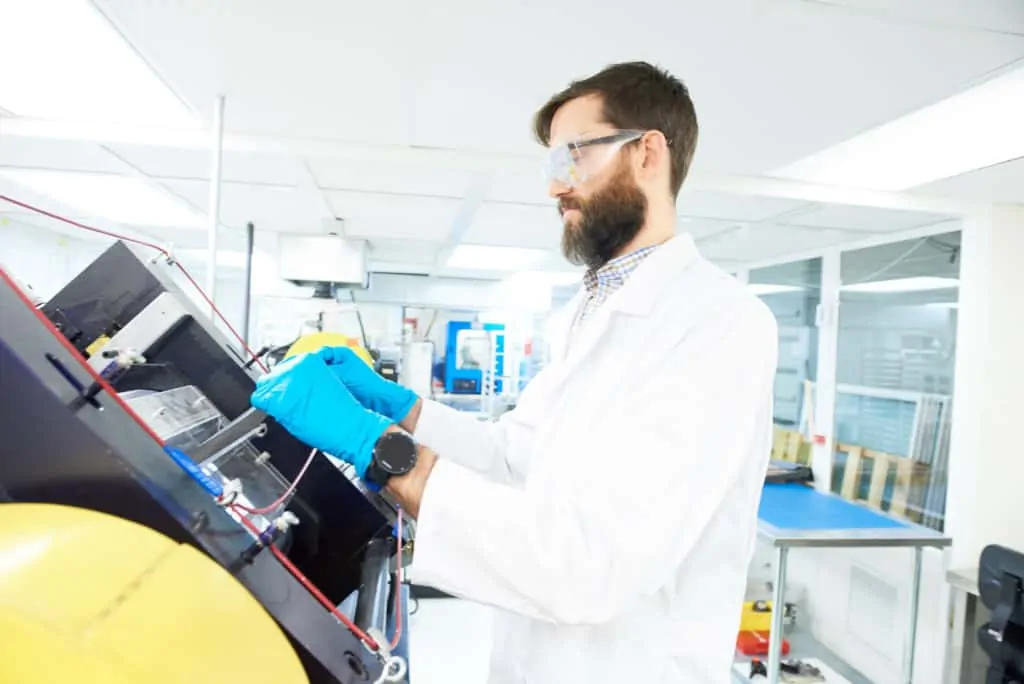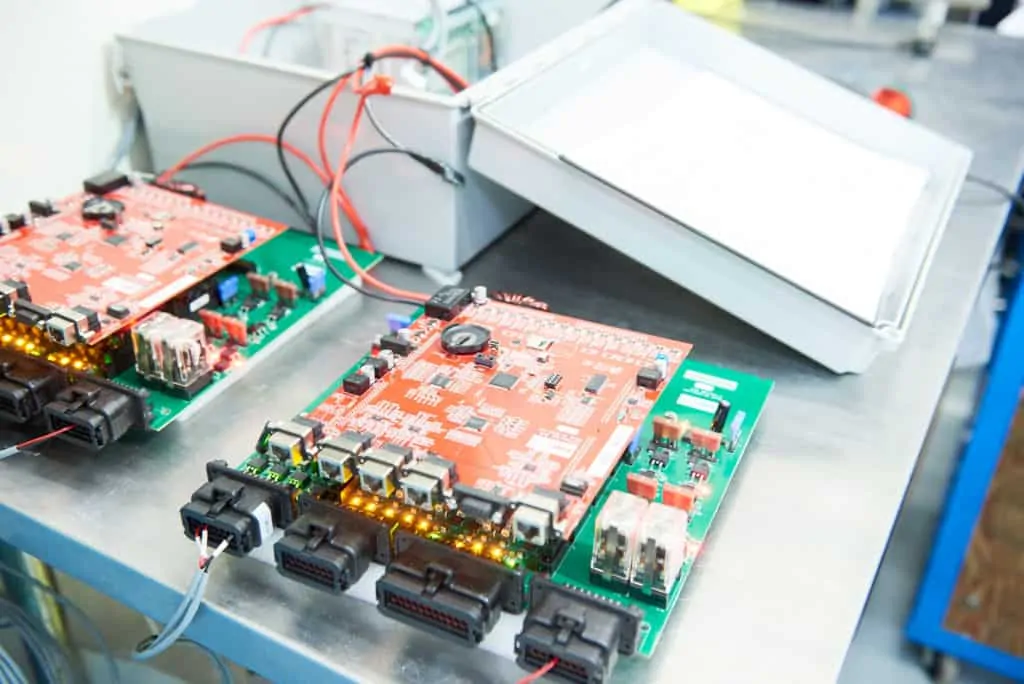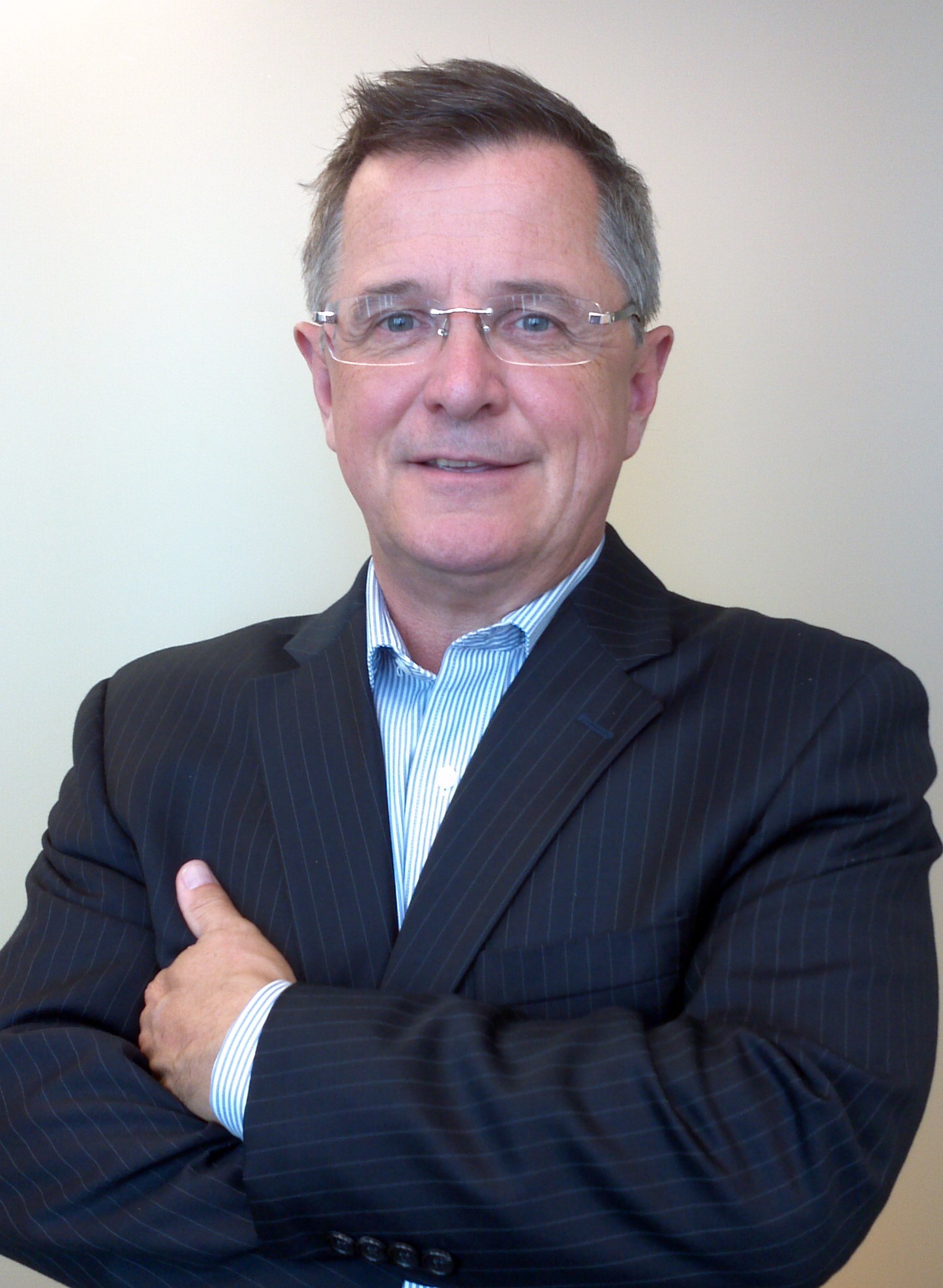President & CEO Ron Macdonald explains:
Ron is President and CEO of Vancouver-based Zinc8 Energy Solutions, a company determined to accelerate the world’s transition to sustainable, secure, and resilient energy sources by providing low cost, long-duration energy storage solution.
In case, like myself, you know little about zinc-air batteries before, these are metal-air batteries powered by oxidizing zinc with oxygen from the air. They have high energy densities and are relatively inexpensive to produce. But Zinc8 have turned them into something far more disruptive.
Ron told me “I have never been involved in anything that excites him as much as Zinc8 – and he has had a pretty exciting life”.
Ron’s background
Ron’s early career was as President and CEO of The Council of Forest Industries, a Canadian lumber group for which he developed new markets in India, Japan, Korea, and China.
Ron also went into the political arena and held many international roles within the Parliament of Canada. He was the M.P. for Halifax, Nova Scotia from 1988 to 1997, and during this time, he became Parliamentary Secretary of International Trade.
He also served as President of NRStor Remote Communities and Mines among more recent appointments, focused on partnering off-grid Indigenous communities and mines to develop renewable energy and energy storage projects.
I found him to be a man who is proud of his country and passionate about renewable energy. He has been leading Zinc8 since January 2019.
Zinc8’s history
The world is desperate for environmentally friendly and efficient power solutions and Zinc8 is showing themselves to be a leader. The company trades in Canada on the CSE.
Its current success (and exceptionally bright future) is all the more incredible given its less than glorious past. It was founded in 1995 in Silicon Valley, creating batteries intended for automobile and telecom backup applications, and in 2004, it was acquired by Teck Resources, one of the largest mining company. In 2013, Teck reinstated the development and the company was then called ZincNyx. ZincNyx since then has completely reinvented the technology to adopt the market, who has been demanding energy storage systems to enable full market penetration for renewable energies.
Unlike the U.S., there is little start-up funding in Canada, so this still held the company back. Teck looked at this offshoot company that wasn’t at market stage with concern when mining hit a bad patch and all funding scarce. They discovered that the batteries didn’t even need much zinc to run, meaning their offshoot would never become the customer they had envisaged. £5m a year was looking like a terrible investment. As things tottered on, the end of the line seemed inevitable.
The technology was then bought by a Canadian junior mining company, MGX Minerals. It was renamed MGX Renewables but still failed to bring anything to market due to the lack of providing consistent funding support for the research and development effort.
Some 2-3 years previously, a friend had come to Ron and asked his advice about investing in the company. Ron had told him to avoid it as there was no hope for anything very significant coming out of zinc batteries in the near-term. However, another friend convinced Ron to give it a second look, and he became intrigued.
Everyone he spoke to suggested he should take MGX Renewables on and sort it out. It took Ron a while to decide, but in January 2019, he joined as their Board of Directors Chairman. Later that year he was named President and CEO in the transition to taking the company public. The company was renamed Zinc8 Energy Solutions, and Ron set it on the road to success.
How Zinc8’s technology works:
Zinc’s battery technology uses zinc and air as fuel. Zinc8 have taken zinc batteries one step further by separating energy and storage so users can add a tank, not a stack. This means vast quantities of energy can be economically stored and called upon on request.
There is a three-part process involved. First, zinc particles are generated in the Zinc Regenerator. Then the particles are transported to the Storage Tank and are maintained in a potassium hydroxide electrolyte until needed. .

When that happens, the particles are delivered to the Power Stack and re-combined with the oxygen to generate electricity. The zinc oxide by-product is then returned to the Storage Tank. This results in a cost-effective solution for energy storage and provides energy whenever it is needed
The energy sector is looking for disruptive solutions. Batteries solve many of the issues other renewable energy sources face. Batteries still release energy where there is no water and no wind and are massively more efficient. Wind farms, for example, only capture about 30% of their energy. While economic for up to 6 hours, lithium-ion batteries need more of their Li-ion stacks to last longer, and at that point become hugely more expensive for large supply compared to Zinc8’s. There is no thermal runway with zinc batteries so they are non-flammable as well as being non-toxic and can be safely sited within buildings.
Countries everywhere are pushing for renewable energy solutions so they can meet carbon neutral targets. Electric car manufacturers have now ironed out most of their problems to be ready for the changeover. However, the actual supply pipeline for the electricity cannot handle the amount of power that will be needed. As we race over to electrification, local storage of power is the only possible way the utility companies can reduce the massive investment needed to beef up their supply chains and global demand for economic answers is rocketing as deadlines for becoming carbon neutral get shorter.
The market for the batteries is staggering large. Zinc8 are protecting their technology. They have twenty U.S. patents and another four pending.
Ron’s Amazing First Two Years
Ron has assembled a high-quality team of 32 professional engineers, scientists, and business experts needed to both develop the battery and bring it to market.
He saw massive potential in the existing team and in particular Dr. Simon Fan and Tristan Sloan whom Ron promoted to VP positions. As well, the COO John Mcleod has been instrumental in guiding the team through these developmental years. Ron says that Simon, Tristan & John have the complimentary skills necessary to create the culture of urgency within the team to deliver the highest quality product to the marketplace.
Ron finds that engineers sometimes can think in linear terms. Having served in some of the very high-profile positions, he sees things in big picture terms while Simon & Tristan have the gift of doing both and bridging the communication gap.
Up till this point, it has all been about R&D but that means the company has a massive 280,000 R&D hours invested in its technology. Now, they are set for commercialization.

Ron says that one of the challenges for him is that the company has been struggling financially for the last couple of years which has created a poor mindset. Ron has quickly set about changing this mindset and has the team focused on creating the best product, while ensuring that the cash flows are there for his team to excel.
The company went public just over a year ago to help push forward. Despite and during COVID, Ron has added an additional ten people and approved five more test batteries to be made as testers to ensure the product is the very best it can be.
Conquering New York
In February 2020, the New York Power Authority asked companies to apply to supply batteries to help with better power supply. There were over a hundred applicants and only sixty qualified. Ron heard nothing more until they invited him to New York to chat. Nothing was said about the outcome until someone at the end of the meeting mentioned that Zinc8 was the last man standing.
Ron asked, “Hold on. Do you mean we have won?”. And they had. The New York Power Authority has signed a deal for a Zinc8 100kW/1MWh battery to benefit a large site such as municipal buildings or college campus. It will deliver huge savings.
Once that was announced, other utility companies followed suit, and Zinc8’s phones started ringing. A second award followed in the private sector, winning another order, this one for a battery to be sited in Brooklyn with the support of New York agency NYSERDA.
The power supply in New York is incredibly inadequate. Superstorm Sandy showed just how exposed the city is. They have massive blackouts. Governor Andrew Cuomo vowed to produce 100% of New York’s electricity from clean sources by 2040.
To generate ideas to achieve this, the NYC Department of Buildings held its inaugural Carbon Neutrality Innovation Challenge 2020. Zinc8 entered but had been so busy that when they got in contact, Simon came to Ron and said, “There are some people who need a five-minute presentation from you.”
Ron did the presentation and despite the last-minute warning, Zinc8 won yet again. Zinc8 will now be written into the NYC building code 2020, which again has resulted in huge exposure. The Building Codes are incredibly challenging in New York, and the fines are enormous. They are now inundated with inquiries from big builders and large corporations.
Another highly unusual step Ron has taken is to win a place at an NYC incubator. The ACRE incubator is New York’s premier cleantech incubator and part of the Tandon School of Engineering. It only takes twenty companies at a time, each for about two years. Zinc8 is the only non-US company there, the only one already floated, and one of the closest to commercialization.
Ron says they love it. Their mentor Pat Sapinsley is so well connected, which is especially useful to them as New York outsiders. For them to supply within the U.S., she introduced them to senior people in the Ministry of Defence’s office, contacts they could never have achieved. They even have an office in New York now as part of this deal, though Ron has yet been able to visit it due to COVID.
The Future is Bright:
When I was chatting with Ron, their first battery was just being finished in the 20-foot container, within their current lab and offices. It is destined for a house just outside Vancouver designed by award-winning architects. Smaller batteries, starting at 20kW, could reach the market late in 2021. The super-size ones will be brought to market globally in 2023, creating many tech-sector jobs.
The components can be mass-produced quickly and cheaply anywhere globally. Zinc8 will not be doing the manufacturing, other than production of a few components that hold patented trade secrets.
What Ron does not have is a sales force. His solution is to partner with manufacturers in Europe, South America, Asia, the Middle East, and Australia, and deals are now progressing for each area. They have already signed a letter of intent with an Indian transformer maker, Vijai Electricals. Ron gives credit to the Canadian Trade Commissioners in these markets, in helping facilitate discussions with these active and developing partnerships.
Ron attributes the company’s success to his brilliant team, plus having a good, solid fiscal plan and keeping a constant eye on the market. I suspect Ron himself may be a secret ingredient.

Someone else who is turning around businesses that are in need of extra help but in a very different way is U.S. Entrepreneur, Joe Meuse


